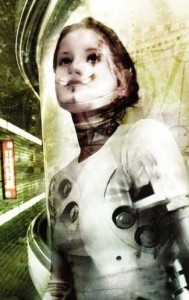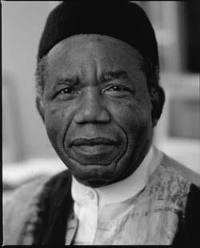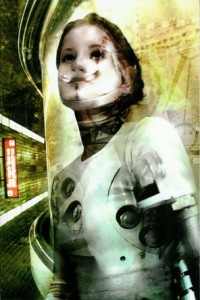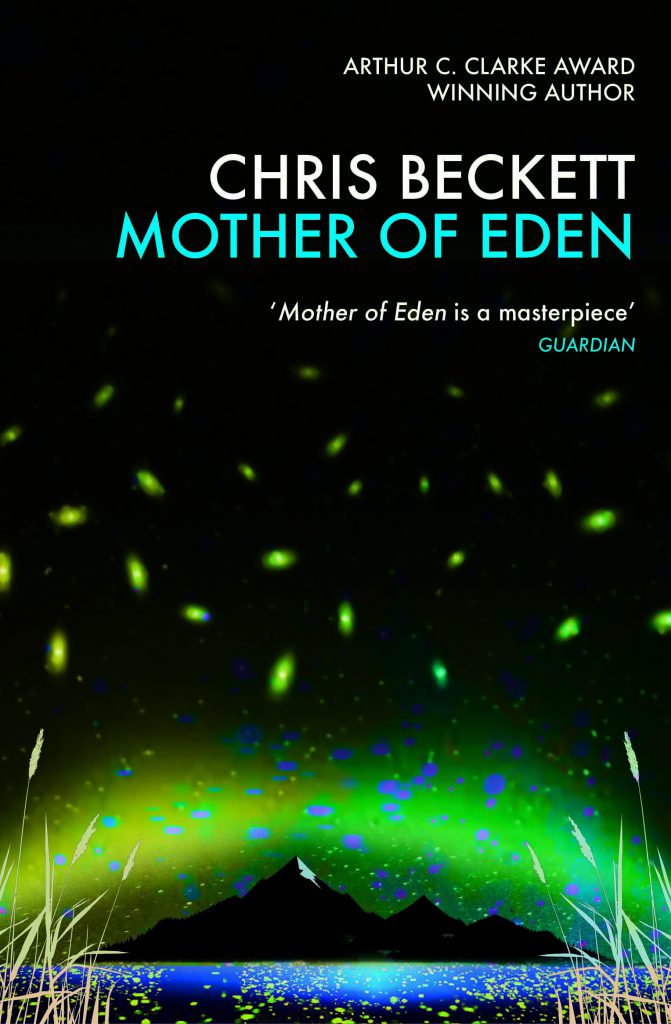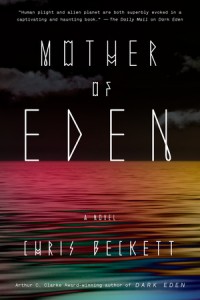I was thinking about this article by Howard Jacobson, in which he talks about the enduring appeal of bad guys in fiction. And I was thinking about our dogs and cat.
* * *
People often describe other people as behaving like animals (i.e. like non-human animals) when they behave badly. This has always struck me as a bit unfair to animals. Animals don’t rape or commit genocide or engage in torture.
But living in a house with animals it strikes me that certain kinds of crime really are very animal indeed: crimes like shoplifting, burglary, picking pockets, mugging, looting, opportunistic, amoral crimes, crimes motivated by nothing more complicated than ‘I’ll have that.’ The hitmen in films like Looper or Pulp Fiction, who kill for a living, without malice or anger, and without regret, strike me as being quite animal. When Amundsen was travelling to the South Pole, he killed dogs that were no longer needed and fed them to the others. I’m sure they tucked in without worry or remorse.
Animals (or at least the ones I’m acquainted with) take things opportunistically and without compunction, and they defend what they’ve taken as long as they think they can win the fight. They are capable of being delightfully and genuinely friendly, but incapable of being kind. They are capable of being horribly aggressive, but incapable of being cruel. If one of them picks up a thorny twig to play with, he’ll bash it against your legs without a thought as he runs by, not out of inconsiderateness, but because he simply doesn’t do that kind of consideration.
They’ve never eaten from the tree of the knowledge of good and evil.
* * *
Sometimes morality is portrayed as being the opposite to the pleasure principle, but that’s just silly. What point does life have without pleasure? (To help others? To help them to do what?) Pleasure is simply the sum total of things that make life worthwhile, and it just doesn’t make any sense to say that life could have an additional purpose.
Genuine morality is the pleasure principle, but with the rest of the world factored in: other people, other creatures, our future selves. It doesn’t tell us to forego pleasure per se, but it might tell us to forego pleasures that will lead to harm elsewhere, or later on. It doesn’t tell us to pursue suffering, but it might tell us to be willing to suffer here and now for the sake of pleasure elsewhere, or later on.
It’s morally wrong to behave as if you were the centre of the universe, because it’s factually wrong. As a matter of fact, you’re not.
Animals don’t know that, though. They act as if they themselves at this moment were all that mattered. And this works perfectly well for them, because evolution has provided them with appetites and drives that will allow the simple pursuit of pleasure and avoidance of pain to address longer term or wider needs without them having to even think about it.
But we do know it, and so we do have to think about it. We can only not think about it by lying to ourselves. And that does damage to us, because it requires us to build partitions across our minds.
* * *
And yet there’s a huge price to pay for this knowledge. This awareness that we should think about things beyond our immediate selves and our present impulses, adds layers of calculation and anxiety to every choice we make. It takes away spontaneity.
I think that’s why bad guys are fun to watch. They appeal to us not because they are wicked and knowing per se, but, oddly enough, because of their innocence. They remind us of a kind of innocence and simplicity that animals have and we have lost for good. They remind us of what we had to give up when we ate that bloody fruit.
